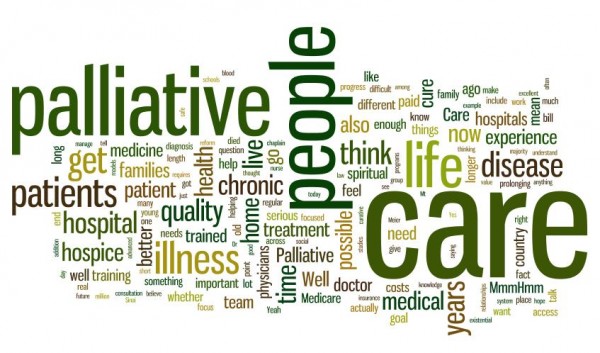Access to Palliative Care A Public Health Emergency
Main Article Content
Abstract
Increasingly, there has been a push for better access to palliative care. It could be the result of the baby boomer generation reaching the end-of-life stages, recent euthanasia legalization (for children in the Netherlands, and for adults in Quebec, Canada), or for other reasons. Regardless, medical associations and health organizations are asking for more funding from governments to make palliative care more accessible to those who are dying. In places where physician-assisted suicide and/or euthanasia have been legalized, it is important that dying patients do not feel pressured to choose to end their lives due to lack of access to palliative care. In places where such procedures are not legalized, it is ever more important to attend to and relieve the unnecessary pain experienced at the end of life.
According to BBC News, the lack of access to pain relief for those who are dying is a public health emergency: many in developing countries (without access to physician-assisted suicide or euthanasia) are “throwing themselves in front of trucks to escape pain.” While governments in developing countries are afraid to provide palliative care because they do not want their citizens addicted to morphine, the topic surrounding access to palliative care in Canada revolves around the lack of national standard. Funding for palliative care programs vary between Canadian provinces.
It seems that lack of government funding and distribution is partly due to ignorance and negative attitudes toward palliative care. These attitudes must be changed to develop an acceptable standard of care for pain management. The distinction between palliative care, physician-assisted suicide, and euthanasia seem to still be ambiguous for the public and some medical students or professionals; education materials to demystify misconceptions must be developed. Medics in the developing world do not receive any palliative care training; medical students in 10 of 17 Canadian medical schools receive less than 10 hours of training in pain management. This lack of training must be addressed if physicians are to provide acceptable care for pain management for those at the end of life.
Better attitudes toward and increased access to palliative care are required to ensure that the percentage of our population who are vulnerable are adequately cared for, and shown respect and dignity at the end of their lives. This is also necessary to ensure that they do not feel pressured to forcibly end their lives, whether by committing suicide (i.e. throwing themselves in front of a bus) or through physician-assisted suicide or euthanasia.


